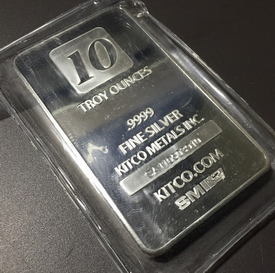
Silver – Overview
This soft, white, precious metal is valued for its beauty and industrial uses. It has a history that goes back as far as 4,000 B.C. Around the same time, techniques to refine silver and separate it from other metals were identified and practiced. As research on natural elements progressed, silver got its chemical name and secured its position in the periodic table in group 11 and period 5. For our science enthusiasts, this malleable metal has the following element properties:
-
- Atomic Number – 47
- Atomic Weight – 107.8
- Melting Point – 1,861.4oF
- Boiling Point – 4,014oF
- Specific Gravity – 10.5
- Luster – Metallic
- Mohs Hardness – 2.5 to 3
Because of its rarity and high industrial demand, silver is considered a precious metal with a high economic value. Its physical properties make it the best possible metal for various uses in a wide variety of industries.
For starters, it has electrical and thermal conductance that is higher than any other metal, which makes it valuable in the electronic industry. Silver is also sort after because of its exceptional ability to convert ethylene into its oxide, a prerequisite of many organic compounds. However, it is the least reactive of the transition elements.
Moreover, it has better reflectivity at most temperatures. Finally, its color and attractive finish make it a desirable choice for coins, tableware, jewelry and many other objects.
Given its uses and properties, silver is often the material of choice. However, unlike other precious metals, the value of silver is often not reflected in the price, which makes it one of the most underrated precious metals.
Let’s take a closer look at how silver is found in nature.
The Geology of Silver
The precious metal occurs in nature as one of the four following forms.
- as a natural element;
- as an essential component of silver minerals;
- as an alloy with other metals; and
- as a trace element in the ores of other metals.
Below we intend to understand the geology of the precious metal better.
Silver as a Natural Element
Silver rarely occurs as a natural element. Instead, it is often found with other metals, including gold, copper, quartz and sulfides and other metals’ arsenides. In placer deposits, silver is rarely discovered in significant amounts. Because it does not oxidize readily, silver can also be found above the ores of other metals in its natural state. However, the precious metal reacts with hydrogen sulfide that results in a discolored surface, including silver sulfide, also known as acanthite. Researchers have found many specimens as a natural element that have been exposed and reacted with hydrogen, and have an acanthite coating.
Silver in this form is often associated with hydrothermal activity. In areas of abundance in this activity, silver can be found as cavity fillings. Some of these deposits are rich enough to support mining. However, mining for silver alone is often not feasible. Therefore, the economic viability of silver extraction depends upon the presence of other valuable minerals. For extraction of such deposits, an underground operation is undertaken that follows the veins and cavities where silver in its natural state is found.
As an Essential Component of Silver Minerals
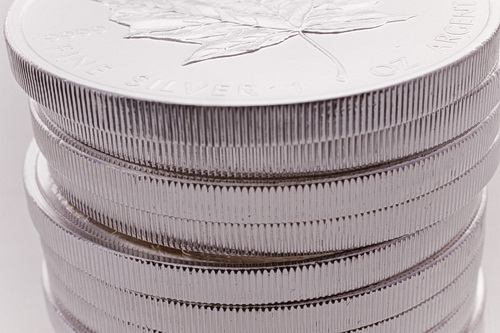 There is a surprisingly high number of minerals that contain silver as an essential component. There are over 35 different distinct silver minerals which include but are not limited to the following.
There is a surprisingly high number of minerals that contain silver as an essential component. There are over 35 different distinct silver minerals which include but are not limited to the following.
- Acanthite,
- Berryite,
- Chlorargyrite,
- Dyscrasite,
- Empressite,
- Fettelite,
- Petzite,
- Samsonite
Each of the silver minerals is distinct and rare, however, a few silver minerals exist in quantities that warrant mining. Silver minerals can be found as silicates, sulfides, iodates, carbonates, oxides, nitrates and bromates.
Alloys and Amalgams of Silver
If you take a closer look at the placer deposits of gold, you will find gold alloyed with small quantities of silver. When the ratio between gold and silver reaches at least 20% silver, the alloy is called “electrum” which is a combination of silver and gold. When gold is refined and purified, that leads to the production of a significant amount of silver. Interestingly enough, most of the silver available on the market today is a byproduct of gold extraction and purification.
The metal can also be found as a natural alloy of mercury, which is found in the oxidation zones of silver deposits. This amalgam of silver is also associated with cinnabar, which is a toxic mercury sulfide mineral.
As a Trace Element in the Ores of Other Metals
The other most common source of silver is its occurrence as a trace element in the ores of other metals. It is often found along with other commonly extracted metals, including copper, lead and zinc and can be found as an inclusion within the ore. Moreover, it can be found as a substituted metal ion within the ore’s atomic structure. However, there is a possibility that the value of silver may exceed the value of the primary metal within the ore.
Silver – Extraction and Production Around the World
Silver is found all around the world. Over 50% of its production comes from North, Central and South America. Other contributors of silver outside America include Russia, China and Australia.
Silver deposits are usually associated with magmatic and hydrothermal activity. Major mineral deposits are therefore found in these regions. The association between geothermal activity and silver deposits is more pronounced in the Americas, where the silver production follows the Andes Mountain Range. In other parts of the world, the production of silver is related to igneous activity regardless of its geologic age, but a different trend has been observed in Europe, where silver production is associated with historic volcanic activity.
Conclusion
Silver is a precious metal with various industrial and commercial uses. While its worth is often not reflected in its economic value, silver still remains a rare, precious metal, given how it is found in nature.








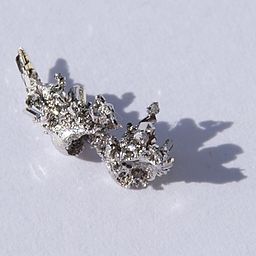
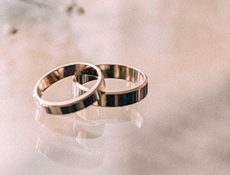


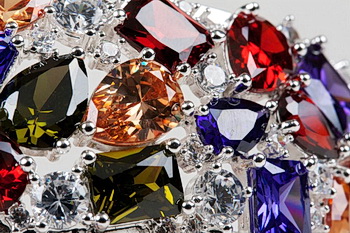 If you are into astrology, you must know of the
If you are into astrology, you must know of the 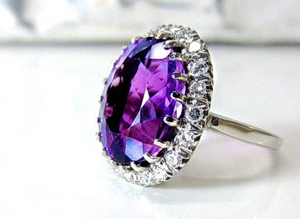
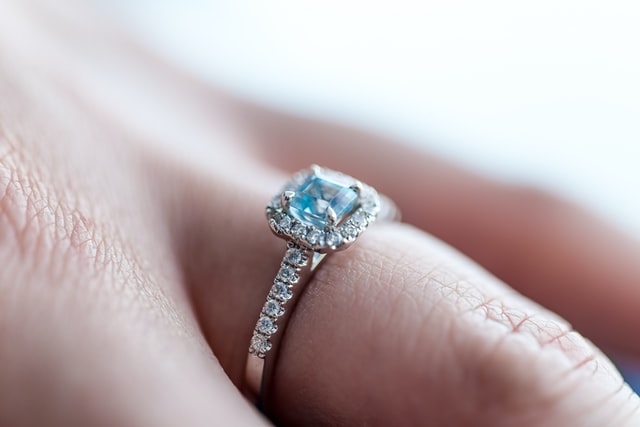

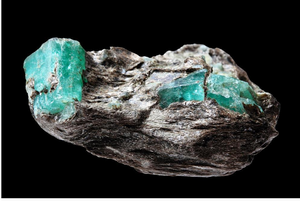 This exotic green gem is luxurious in nature. Those born in May are known to be empaths; they are loving, kind and go out of their way to help others.
This exotic green gem is luxurious in nature. Those born in May are known to be empaths; they are loving, kind and go out of their way to help others. 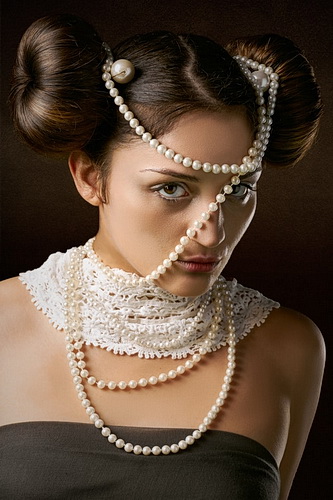
 Ruby is considered to be the king of gems, so if you’re born in July you’re pretty lucky. Those with this birthstone are known to have a zest for life, are bold and courageous as well as ambitious. Their confident nature makes them great leaders. They give off energy and can charm anyone around them.
Ruby is considered to be the king of gems, so if you’re born in July you’re pretty lucky. Those with this birthstone are known to have a zest for life, are bold and courageous as well as ambitious. Their confident nature makes them great leaders. They give off energy and can charm anyone around them.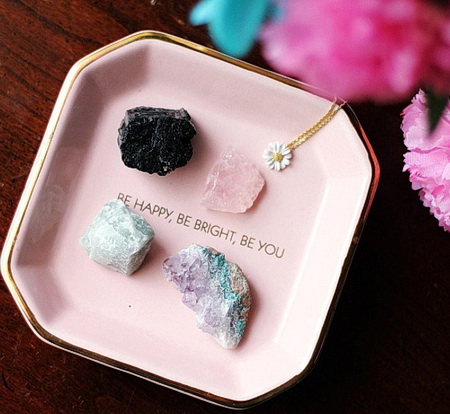 This exotic gem comes in the most delicious hues of pinks. Over the years, it has been known to possess many healing powers. Those who have this birthstone are considered to be lively and passionate. They are also known to have a great intuitive sense. Although they seem calm on the outside, don’t be fooled! These October borns are restless and have an urge to explore the world. Their minds are the opposite of calm and are always thinking about what’s next.
This exotic gem comes in the most delicious hues of pinks. Over the years, it has been known to possess many healing powers. Those who have this birthstone are considered to be lively and passionate. They are also known to have a great intuitive sense. Although they seem calm on the outside, don’t be fooled! These October borns are restless and have an urge to explore the world. Their minds are the opposite of calm and are always thinking about what’s next.
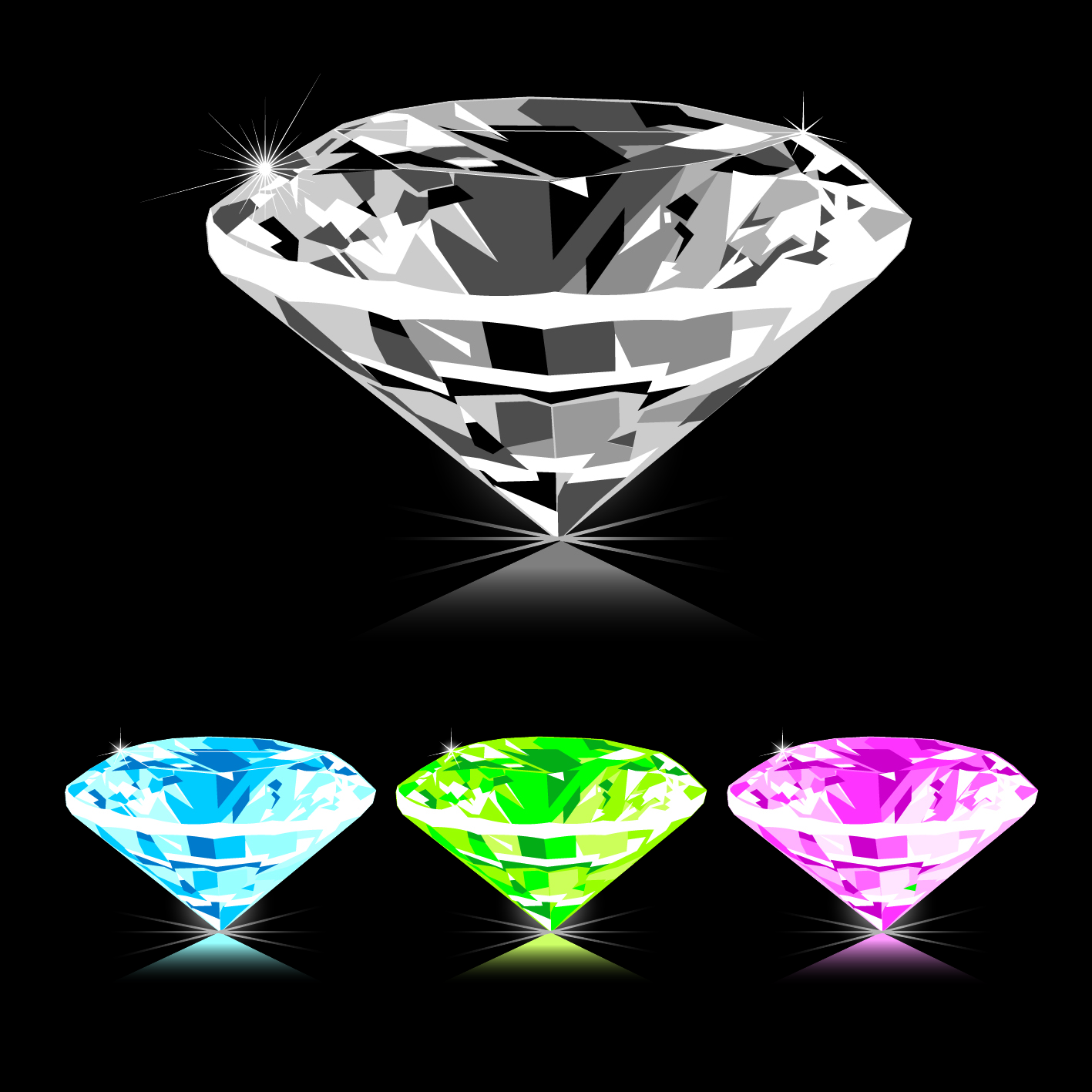

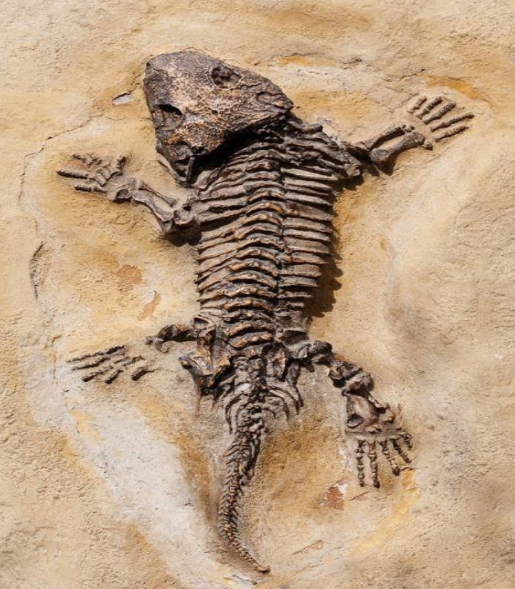
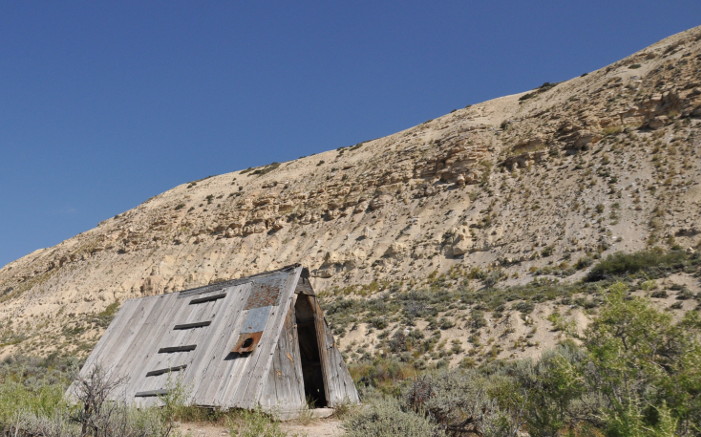


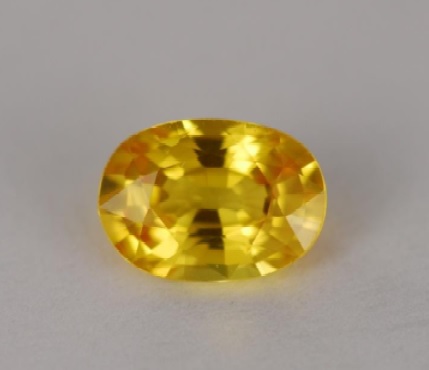 This Gemstone Comes in Various Shades of Yellow
This Gemstone Comes in Various Shades of Yellow
